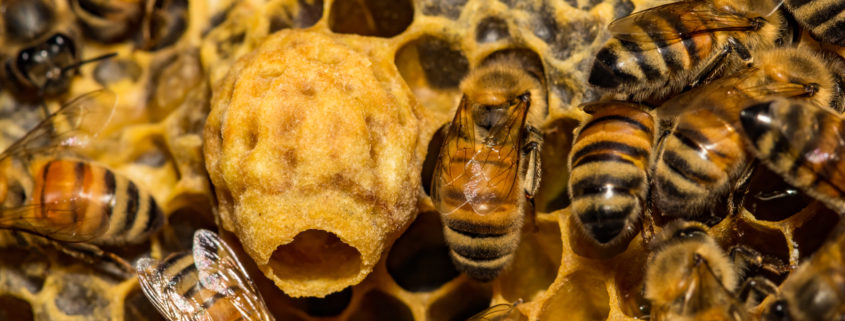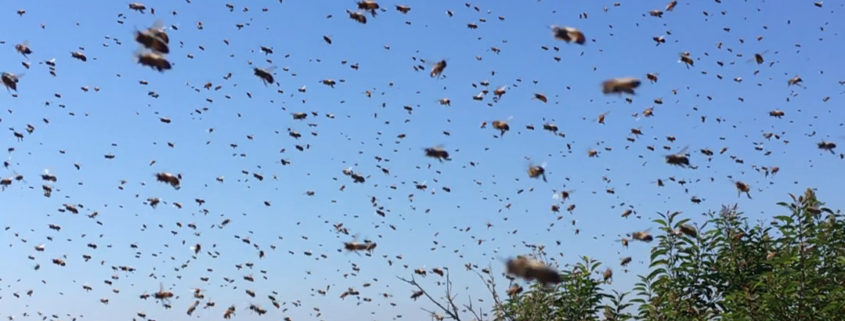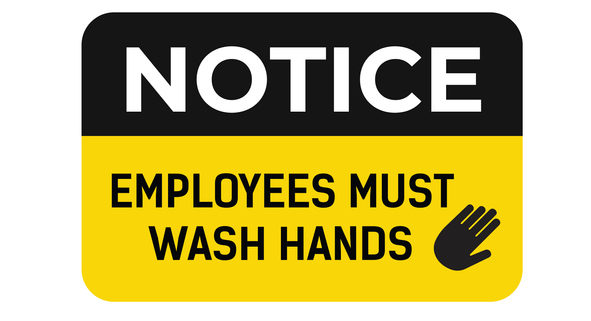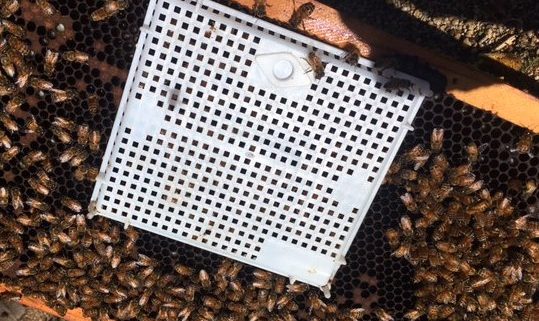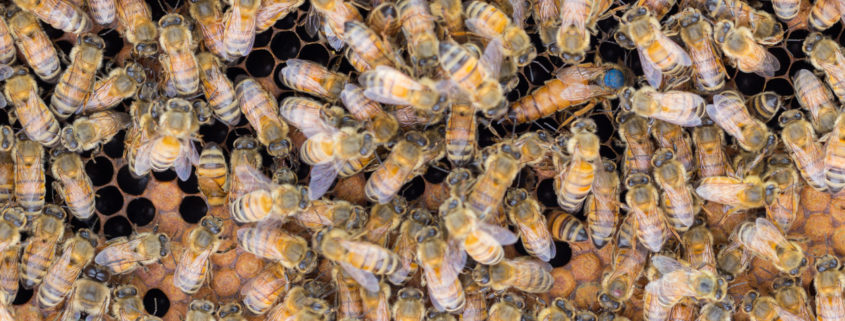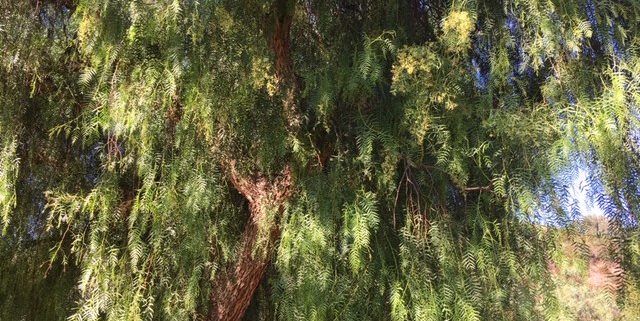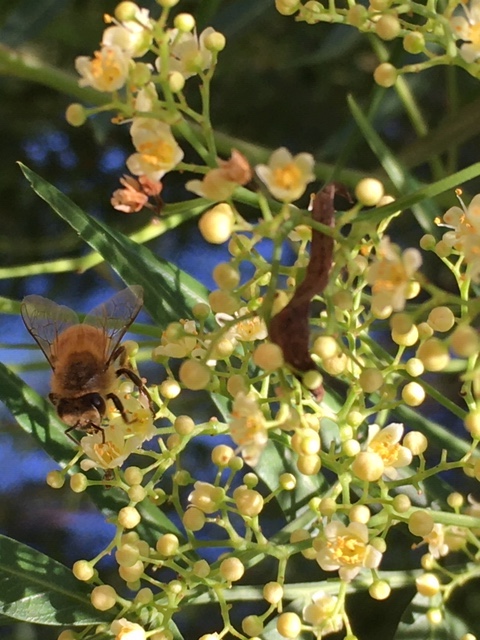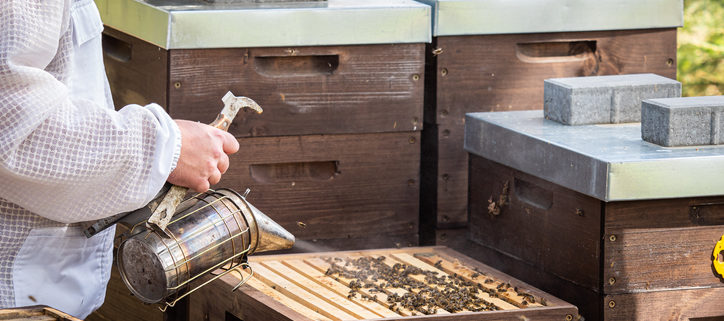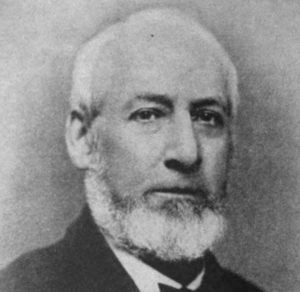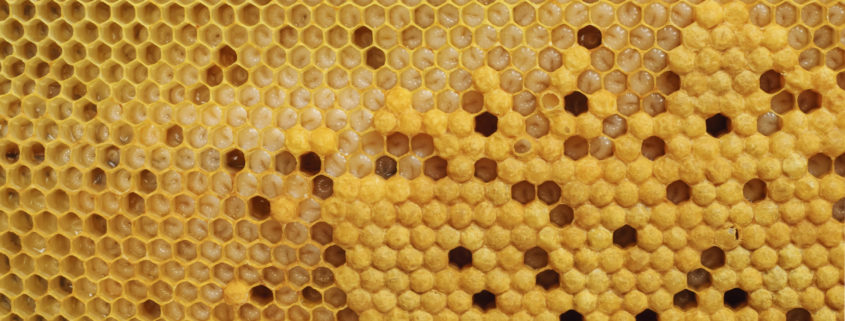Queen Cups vs. Queen Cells
Honeybees are natural comb builders and always seem to be working on some sort of construction or renovation within their hive. When bees are working on frames of honeycomb, they construct two sizes of honeycomb cells: worker-sized (or regular) honeycomb, or drone-sized (larger) honeycomb. These two sizes accommodate the size difference between worker bees and drone bees. Drone honeybees are larger than workers, and can’t really fit into a regular honeycomb cell.
Most of the honeycomb that bees build is regular size, which the bees utilize for raising worker bees. This makes sense since the vast majority of bees in any beehive consist of regular worker honeybees. A smaller percentage of honeycomb, however, is larger sized, which the hive uses to raise drone honeybees. In a healthy beehive, there are always more worker bees than drone bees so it is understandable that there would be more worker-sized comb cells than drone-sized comb cells.
What about the queen though?
Amid all this comb construction, the bees will occasionally decide to build a placeholder for a future queen cell – this is a queen cup. A queen cup looks like an upside-down teacup. It is more or less the foundation of a queen cell, without actually being a queen cell. It is as if the bees have done the math – about 90% of a hive consists of worker bees, about 10% consists of drones, and there is a tiny, minuscule less-than-1% percent consisting of the one and only queen. As a percentage basis, queens are a negligible percent of the hive’s population. Therefore, the amount of comb dedicated to raising queens needs to be equally negligible. The queen cup is a tiny acknowledgment that once in a while a beehive needs to raise a new queen.
Most of the time queen cups are unused and can linger around for years at a time. If a beekeeper discovers a queen cup in a colony it is no cause for concern, unlike finding a queen cell. The queen cup is merely a placeholder, for potential use at a later date if the hive decides for whatever reason to raise a new queen. Having the queen cups in place makes building future queen cells just a little bit easier for the bees.
However, when a beekeeper discovers an actual live queen cell inside a colony, it is almost always a cause for concern. Honeybees do not build queen cells unless they have an immediate and specific reason – unlike queen cups which bees will build just for their own sake. If honeybees are constructing queen cells it is likely due to one of several reasons. From the beekeeper’s perspective, none of these reasons are good.
A few of the most common reasons bees that bees construct queen cells include:
- The hive is preparing to swarm
- The colony is without a queen and is in the process of raising an emergency replacement.
- The colony has decided that the current queen is of poor quality and needs to be replaced.

